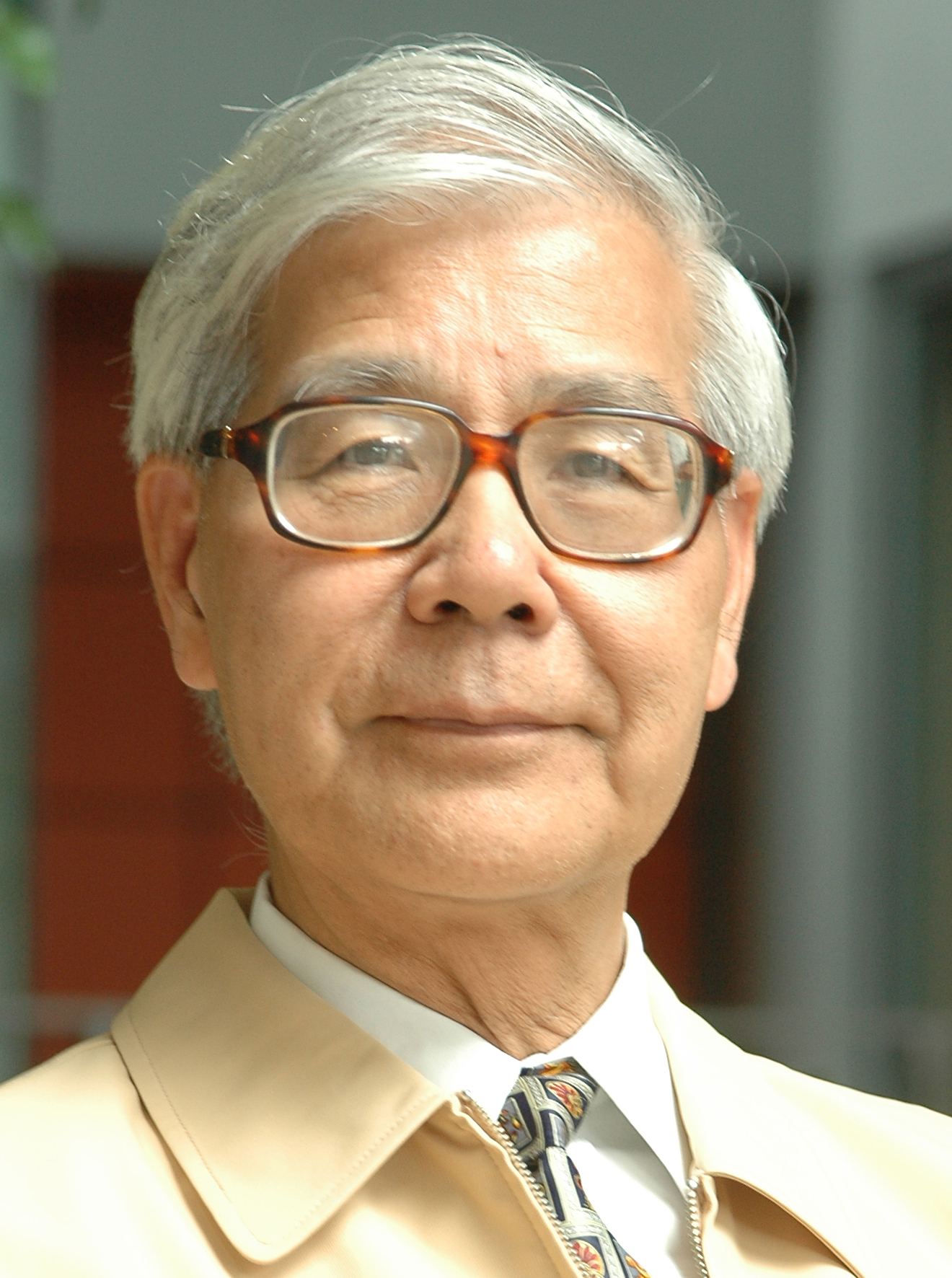-

TWINNING OF THE EGONGYAN BRIDGE
Man-Chung Tang, Xiaohu Chen and Yong Qi T.Y.Lin International (China)
The first Egongyan Bridge in Chongqing, China was opened to traffic on Dec. 27, 2000. It is a 600m span suspension bridge with six lanes of city traffic and two relative wide pedestrian paths, one on each side. It was originally planned that the two pedestrian paths might be changed to transit tracks in the future. However, with rapid increase in urban traffic in the city, these two paths were converted to traffic lanes . Therefore, a new bridge parallel and adjacent to the old bridge was necessary to accommodate the transit traffic and the pedestrian.
Even though for a 600m-span bridge a cable-stayed bridge would have been more economical. However, putting a cable-stayed bridge right next to a suspension bridge would not look good. A cable-stayed bridge would have towers about twice as high as the suspension bridge. With the inclined stay cables and the parabolic shaped main cables of the suspension bridge next to each other would appear very messy. For aesthetic reasons the city decided the new bridge should be a suspension bridge as well, with the same span length and tower height as the first bridge so they look like a twin.
The first Egongyan Bridge is a true suspension bridge with the two main cables anchored to ground anchorages at both ends. To build a second true suspension bridge with the same dimensions as the first bridge would require ground anchorages as in the first bridge. But, because the two bridges are very close to each other, there was no space to build the required anchorages for the main cables of the second bridge without interfering with the anchorages of the first bridge. This interference caused safety concerns. After careful studies, it was decided to build a self-anchored suspension which does not require ground anchorages.
A 600m span self-anchored suspension is a world record. When the self-anchored San Francisco-Oakland Bay Bridge in California was opened to traffic in 2013. Its 385m span was a world record span. Then a 406m span self-anchored suspension bridge over the Yellow River in China was opened to traffic in 2013. To build a 600m span self-anchored suspension bridge was a challenge indeed. With careful planning the second bridge was opened to traffic on Jan. 1, 2020.

